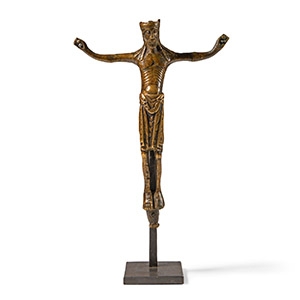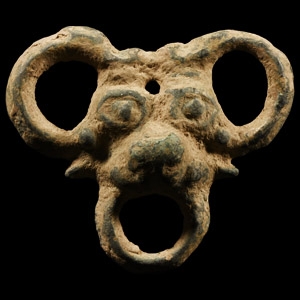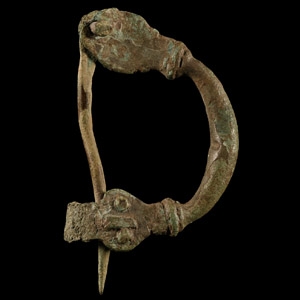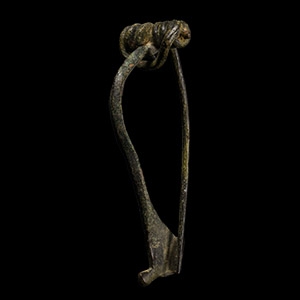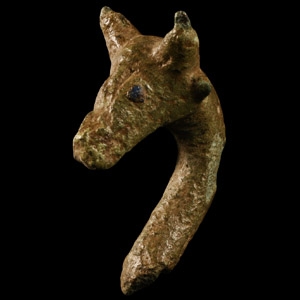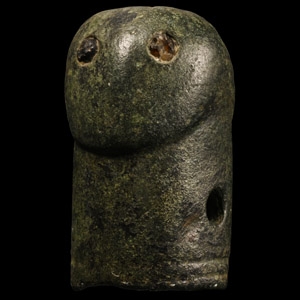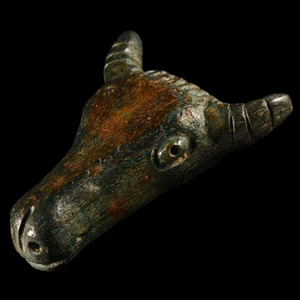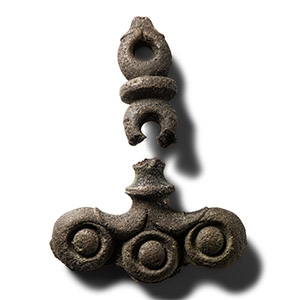Home > Auctions > 5 - 9 March 2024: Ancient Art, Antiquities,
Natural History & Coins
Auction Highlights:
Found Hertfordshire, UK.
Cf. Treasure Hunting July 2018, p.51 (excerpt included).
Fittings of this type are known as 'moustache mounts'. Their exact function is unknown but use as the chape of a scabbard has been suggested.
‘The Ancient Menagerie Collection’ formerly the property of a Cambridgeshire lady, collected since the 1990s and acquired from auctions and dealers throughout Europe and the USA, now ex London collection.
Cf. similar examples in PAS BERK-A940D9, LON-C12241, DOR-54D2DB, NARC-565894, HAMP2961, HAMP-7794C4, and Bushe-Fox, First report on the excavation of the Roman fort at Richborough, Kent, London, 1926, p.47, plate XV, no.29, for similar harness fittings with anthropomorfic or animal head.
Such strap dividers are thought to date to the late Iron Age, to the late 1st century BC or early 1st century AD. They were used from Celts and Romans (or from the Celt Auxiliaries inside the Roman Army) for horse harness and also by the Essedarii (chariot fighters of Celtic origins) for the horses of their chariots in the Roman Circuses.
Acquired on the London art market in the late 1980s-1990s.
From the family collection of an East London, UK, gentleman.
Cf. Hattatt, R., Brooches of Antiquity, Oxford, 1987, item 1371, where a Macedonian origin is proposed for the Phrygian-derived form.
Ex ArtAncient Ltd, London, SW6, with item id.16186.
From the private collection of Mr A Hills, Kent, UK.
Cf. Hattatt, R., Brooches of Antiquity, Oxford, 1987, item 745.
UK gallery, early 2000s.
From a collection acquired on the UK art market from various auction houses and collections mostly before 2000.
From an important Cambridgeshire estate; thence by descent.
Cf. Durham, E., Metal Figurines in Roman Britain, vol. 2, Reading, 2010, plates 287, 289, for type.
From a collection acquired on the UK art market from various auction houses and collections mostly before 2000.
From an important Cambridgeshire estate; thence by descent.
Cf. Durham, E., Metal Figurines in Roman Britain, vol. 2, Reading, 2010, plate 211 for similar form of head on a full-length figure.
From a collection acquired on the UK art market from various auction houses and collections mostly before 2000.
From an important Cambridgeshire estate; thence by descent.
Cf. Durham, E., Metal Figurines in Roman Britain, vol. 2, Reading, 2010, pl.248.
From a collection acquired on the UK art market from various auction houses and collections mostly before 2000.
From an important Cambridgeshire estate; thence by descent.
From a collection acquired on the UK art market from various auction houses and collections mostly before 2000.
From an important Cambridgeshire estate; thence by descent.
From a collection acquired on the UK art market from various auction houses and collections mostly before 2000.
From an important Cambridgeshire estate; thence by descent.
Cf. Leahy, K. & Lewis, M., British Museum's Portable Antiquities Scheme: Finds Identified, Witham, 2018, p.168.
From a collection acquired on the UK art market from various auction houses and collections mostly before 2000.
From an important Cambridgeshire estate; thence by descent.
Cf. similar in the British Museum under accession no.1981,0504.1.
1285 - 1296 of 2726 LOTS

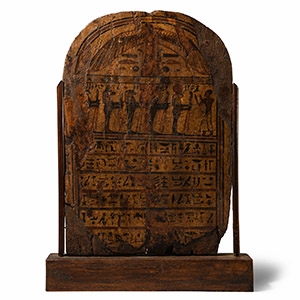
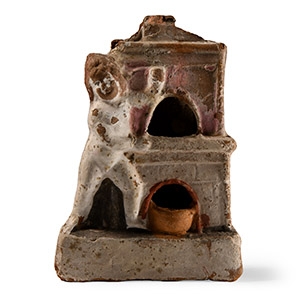

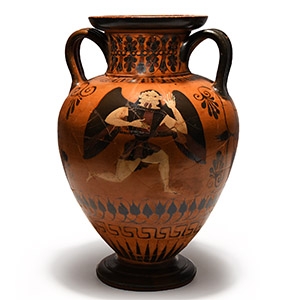
.jpg)
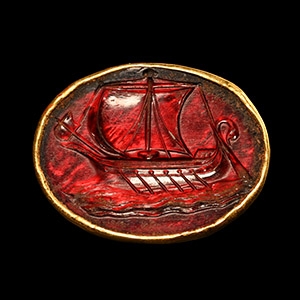
.jpg)

.jpg)
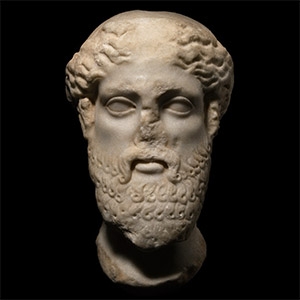
.jpg)
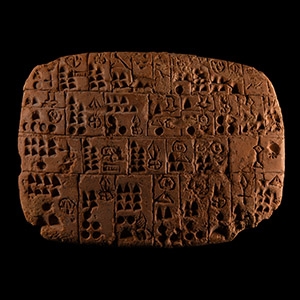

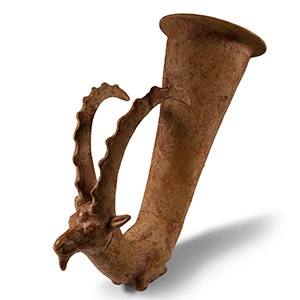
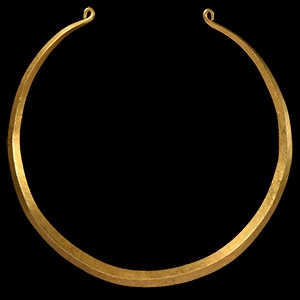
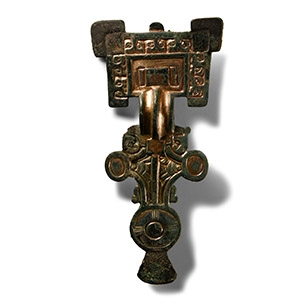
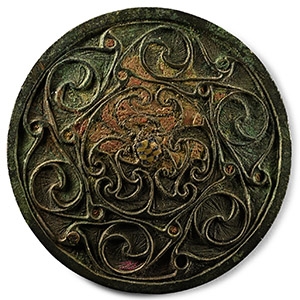

.jpg)
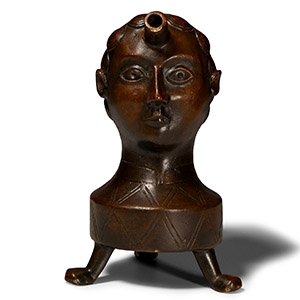
.jpg)

.jpg)
